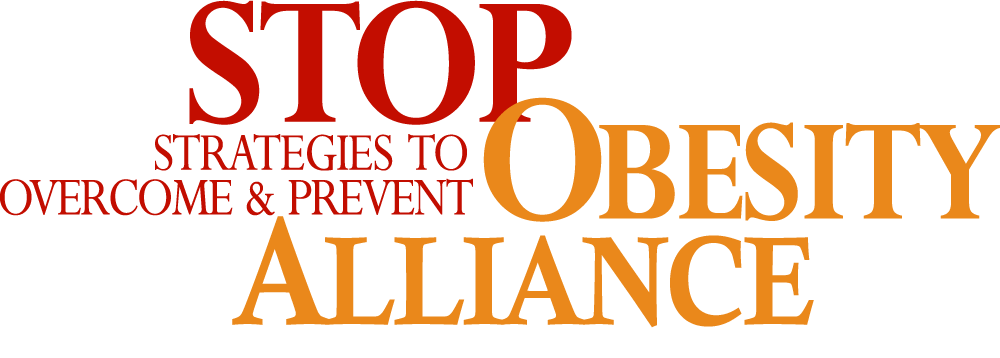With 42% of American adults now living with obesity, the ability of health care professionals to prevent and manage this disease is more important than ever. However, providers report that they face significant obstacles to obesity counseling, including discomfort with opening the conversation, lack of time, insufficient training, limited reimbursement, and inadequate availability of effective tools, like medications, tracking tools and dietary strategies.
In 2019, the STOP Obesity Alliance received an independent medical education grant from Novo Nordisk to convene representatives from health care provider organizations and obesity experts. Experts at the initial convening agreed that when weight counseling is appropriate, health care professionals need a short, accessible, practical, informative guide for obesity treatment. Subsequent meetings and communications were devoted to the development, review and editing of a guide that would be useful to members of each organization.
The final product, Weight Can’t Wait, is a guide for the management of obesity in the primary care setting, and has been endorsed by eleven leading health professional organizations that participated in the development of the guide:
- American Academy of Physician Assistants
- American Association of Clinical Endocrinologists
- American Association of Nurse Practitioners
- American Board of Obesity Medicine
- American College of Physicians
- American Medical Group Association
- American Society of Metabolic and Bariatric Surgery
- Endocrine Society
- Obesity Action Coalition
- Obesity Medicine Association
- The Obesity Society
The Weight Can’t Wait guide is broken down into three parts: pre-encounter, encounter, and post-encounter.
- In the pre-encounter, providers gather information to start a weight-related conversation with the patient. Patients should be asked for their permission to be weighed. If the patient chooses not to be weighed, providers should respect their decision. BMI should be calculated and used with other metrics to determine a diagnosis of obesity.
- In the encounter, we outline a 6 “A”s model for weight management counseling: Ask, Assess, Advise, Agree, Assist, and Arrange.
- The post-encounter is divided into two sections based on whether the patient is interested in pursuing treatment. If the patient is interested, the provider should present the patient with a list of the decisions they made together and schedule a follow-up visit to assess progress. If the patient is not interested in pursuing treatment of obesity, the provider should indicate their availability for future discussion.
The guide concludes with recommendations and tips for standard operating procedures and time-savers. A list of resources for all providers is also provided on our website.
We are pleased to share this new resource with you. Our goal over the next year will be to promote the guide to the organizations that have endorsed it through our website, webinars, and future certified medical education. Please let us know if you have any thoughts on other ways to ensure the guide reaches those who could use it the most.


